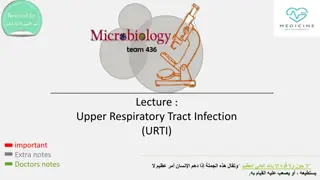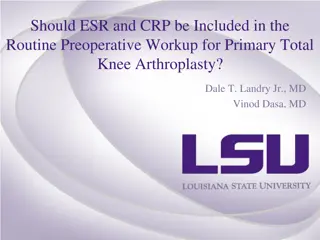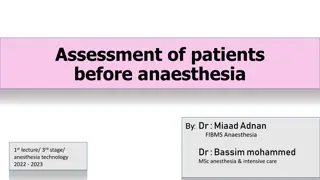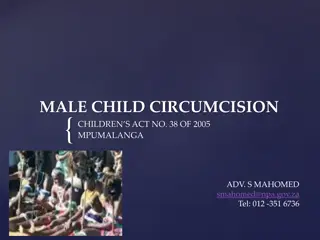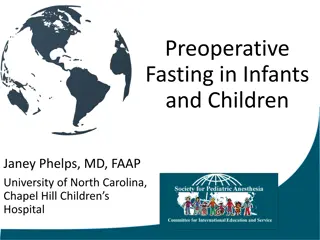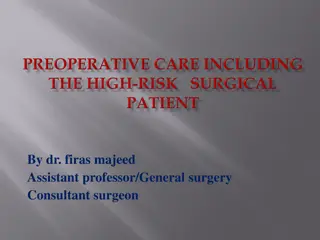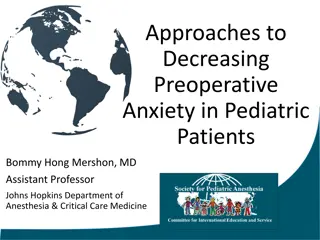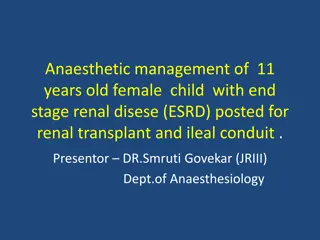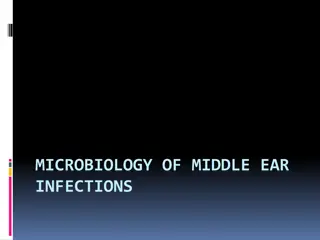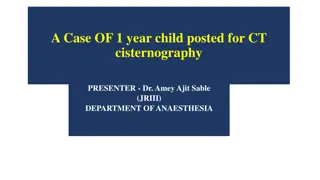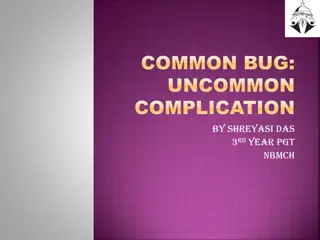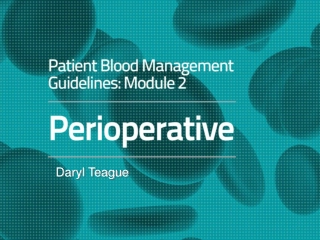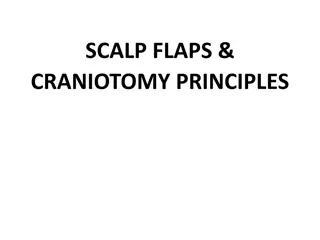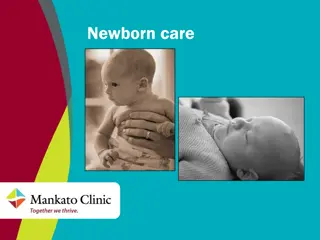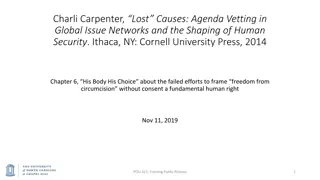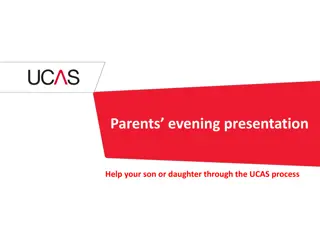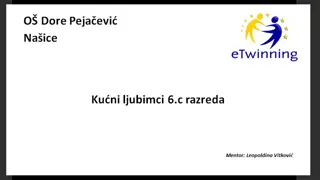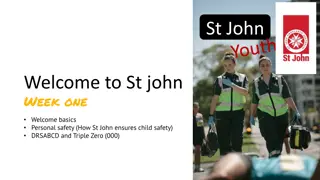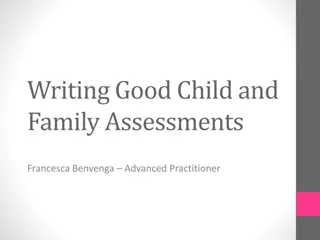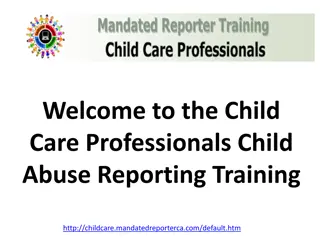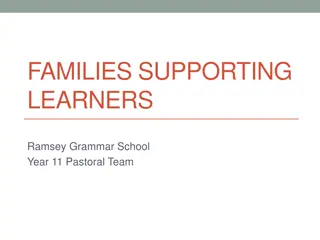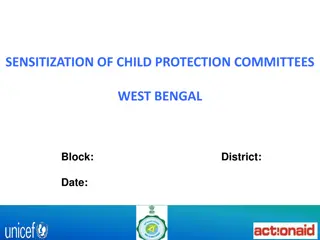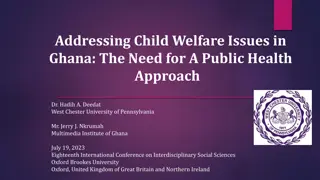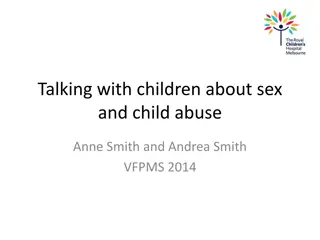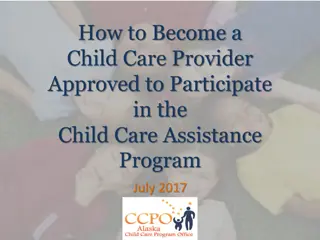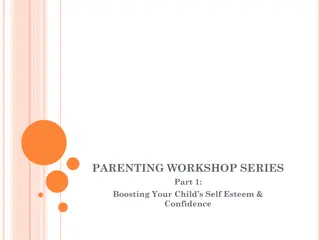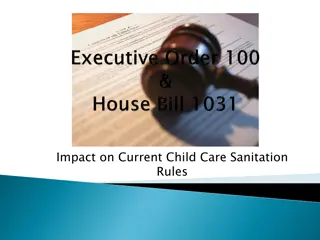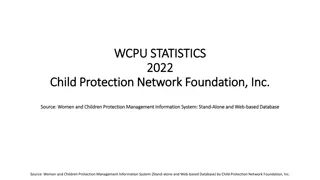Preoperative Considerations for Circumcision in a 3-Year-Old Child with URTI
Preoperative assessment and management play a crucial role in optimizing outcomes for young children undergoing elective circumcision, especially when the child has a history of upper respiratory tract infection (URTI). Factors such as URTI severity, parental smoking, airway anomalies, and history of snoring need to be carefully evaluated to minimize perioperative respiratory adverse events (PRAE). Communication with parents, use of bronchodilators like salbutamol, and identification of independent risk factors are essential in decision-making and crisis management scenarios. Understanding the pathophysiology and recognizing rash patterns associated with URTI are also important considerations. Proper investigation through tests like CXR and CBC aids in comprehensive decision making for successful surgical outcomes.
Download Presentation

Please find below an Image/Link to download the presentation.
The content on the website is provided AS IS for your information and personal use only. It may not be sold, licensed, or shared on other websites without obtaining consent from the author. Download presentation by click this link. If you encounter any issues during the download, it is possible that the publisher has removed the file from their server.
E N D
Presentation Transcript
3 yrs old child posted for Circumcision H/o URTI present
Elective Case Preoperative Assessment Decision Making Optimisation Intraoperative Management Post operative Manangement Crises Management
Preoperative- Aims Issues 3 yrs old-Paediatric Population URTI severity D/D Communication with Parents- Optimisation- Salbutamol- 10-30 min prior to surgery Atropine Steriods High-dose inhalational salbutamol (2.5-5 mg) reduced the risk of PRAEs by at least 35%.
URTI >2 Symptoms : rhinorhoea,(66%) sore or scratchy throat, sneezing, (29%) nasal congestion,(37%) malaise, cough, or fever more than 38 _C. (8%)
URTI History- No. of episodes ; course of disease Rule out the other important DD Infective Diseases Compression of Airways Feeding/Sleeping Parental acceptation of URTI Independent risk factors for increased PRAE? Examination Type of breath sound Additional Sounds-Wheeze
Independent Risk Factors Parental smoking, Presence of airway anomaly, History of snoring, Prematurity-Age, and Asthma Airway surgery, Urgency of surgery, the experience of the anaesthetist Need for intubation- increases the incidence of PRAE by 11 times Presence of copious secretions Nasal congestion Parental confirmation my child has a cold
Rash with URTI Rashes, sickness severity, pattern of rashes -Chicken Pox maculopapular vesicular rash, centripetal in distribution forming scabs Measles Koplik spots, rash on 4th day of fever spreads from ears and face to trunk and extremities. Otitis media- Mumps Parotitis, epididymo-orchitis
Investigation- CXR CBC What is the worry? PRAE
Pathophysiology chemical mediators and neurologic reflexes. Chemical Mediators Release of inflammatory mediators at the site of viral damage such as bradykinin, prostaglandin, histamine, and interleukin. Damage the ciliary apparatus and mucosal epithelium Neurologic Reflexes Stimulation of muscarinic M2 receptors present on vagal nerve endings usually results in inhibition of acetylcholine release. Viral neuraminidases are thought to inhibit these receptors and increase the release of acetylcholine, leading to bronchoconstriction.
Q What is anesthesia concern in recently immunized child? Anaesthetizing a recently vaccinated child for an elective procedure is controversial due to a possibility that immunosuppression caused by anaesthesia and surgery may lead to decreased vaccine effectiveness or an increased risk of complications, and fear of diagnostic difficulty in cases of postoperative fever.
Intraoperative Management Q Induction Agents safest for URTI ? Propofol> Sevoflurane> Halothane> Thiopentone Anaesthesia Goals minimize secretions avoid or limit stimulation of a potentially irritable airway.
Airway LMA has lesser chances of PRAE but is not free of Laryngospasm. Tracheal intubation should be avoided if possible, particularly in children less than 5 years. Lubricating the LMA with lignocaine gel reduces the incidence of airway complications in children with URTI.
Extubation Deep Awake
Post operative Aims Make sure gases are humidified, avoid dehydration Good Analgesia
Q What are the typical respiratory adverse events you expect in Post operative period? Laryngospasm, Bronchospasm, Breath holding, Atelectasis, Arterial oxygen desaturation, Bacterial pneumonia, and Unplanned hospital admission.


